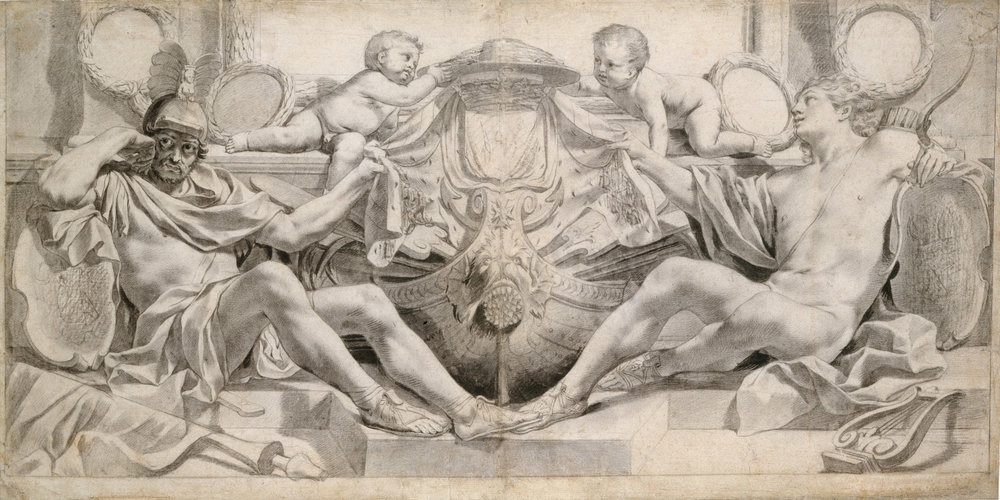Art:16es1qpewza= History Drawing

Art:16es1qpewza= History Drawing has consistently functioned as a crucial vessel for preserving and interpreting historical narratives, enabling societies to engage with their past in profound ways. By examining key moments captured through the lens of artistic expression, one can discern the intricate relationship between societal changes and the evolution of artistic techniques. Notably, the role of art as a catalyst for historical discourse raises compelling questions about the influence of visual representation on collective memory and identity. What implications arise when we consider these dynamics within the broader fabric of human experience?
Evolution of Artistic Expression
The evolution of Art:16es1qpewza= History Drawing expression spans thousands of years, reflecting the dynamic interplay between culture, technology, and individual creativity.
Abstract symbolism has emerged as a powerful tool, allowing artists to convey complex ideas influenced by their cultural contexts.
This intricate relationship reveals how societal shifts and technological advancements shape artistic practices, fostering a rich dialogue that continues to redefine the essence of creativity.
Read more: Art:12drwlih08o= Velma
Key Historical Moments Captured
Artistic representation of key historical moments serves as a vital lens through which society interprets and understands its past.
Famous artworks, such as Delacroix’s “Liberty Leading the People,” exemplify visual storytelling that transcends time, evoking emotions and reflections on freedom.
These masterpieces not only document events but also inspire collective memory, fostering a deeper connection between individuals and their shared history.
Impact of Societal Changes
Societal changes have profoundly influenced artistic expression, shaping the narratives and themes that emerge in historical drawing.
Cultural shifts and social movements serve as catalysts for artists, allowing them to explore and critique prevailing ideologies.
As artists respond to the dynamic landscape of society, their work reflects the complexities of human experience, ultimately enriching the dialogue around identity, community, and transformation.

Art as a Historical Catalyst
Throughout history, visual art has not only mirrored societal changes but has also actively shaped and influenced them.
Artistic movements often emerged as responses to cultural representation, challenging prevailing norms and ideologies. From the Renaissance to Modernism, these movements catalyzed social discourse, prompting reevaluation of identity, power, and freedom.
Thus, art serves as a vital instrument in both reflecting and instigating historical transformation.
Read more: Art:12vqykaeqx4= Cute Kawaii
Conclusion
Art:16es1qpewza= History Drawing serves as a testament to history, a reflection of societal values, and a catalyst for change. Through the evolution of artistic expression, pivotal moments are immortalized, capturing the essence of human experience. As societal changes unfold, art not only documents these transformations but also inspires future generations. Ultimately, the interplay between art and history reveals a profound narrative; a narrative that shapes identities, influences perspectives, and ignites collective movements toward understanding and progress.





